Vietnamese Culture
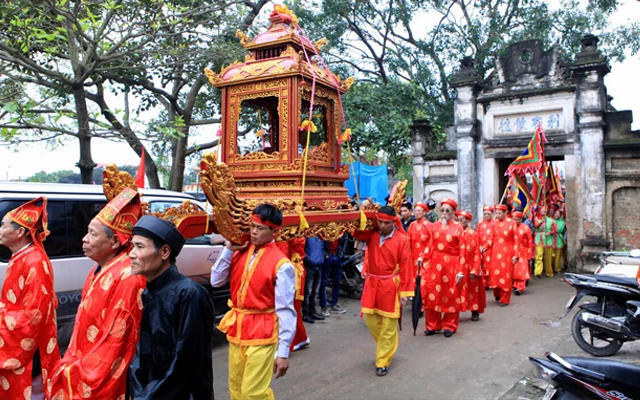
Vietnamese Culture is one of the oldest culture in the World which has undergone changes almost four thousands of years. Some people said Vietnam culture has influence from Chinese culture but there is a study shows Culture of Vietnam has its own characters and has parallel development to Chinese culture. Along the history of Vietnam from the Dynasty of Trieu, Dinh, Ly, Tran & Le. In the pretty much same time with Chinese dynasty of Han, Duong, Tong, Nguyen.
According to scholarly sources, the Culture of Vietnam originated from ancient Nam Viet, an ancient kingdom of Giao Chi people which shared characteristics of Han Chinese cultures and the ancient Dong Son Culture, considered one of the most important progenitors of its indigenous culture, during the Bronze Age. Nam Viet was occupied by Northern evaders in 111 BC, leading to the first Chinese domination of Vietnam lasting over thousand years that propelled Chinese influences onto Vietnamese culture in terms of Confucian philosophy governance, and the arts.
Following independence from Chinese in the 10th century; successive Vietnamese imperial dynasties flourished as the country embarked on a southward expansion that annexed territories of the Champa and Khmer civilizations; which resulted in regional variances of modern-day culture of Vietnam. During the French colonial period in the mid-19th century; Vietnamese culture absorbed European influences including architecture; Catholicism, and the adoption of the Latin alphabet, which created the new official writing system that replaced the previous Chinese characters and Nom scripts.
After French left, Vietnamese culture was characterized by government-controlled propaganda, which emphasized the importance of cultural exchanges with fellow communist nations such as the Soviet Union, China, and Cuba. Following the reform in 1986, Vietnam has continuously absorbed various influences from Asian, European, and American cultures. Part of the East Asian cultural sphere, Vietnamese culture has certain characteristic features including ancestor veneration and worship, respect for community and family values, and manual labor religious belief. Important cultural symbols include 4 holy animals: Dragons, Turtles, Phoenix, Unicorn. The national flower is lotuses and the most popular plant in Vietnam is bamboo.
Table of Contents
- 1. Ethnic groups in Vietnam
- 2. Social Beliefs & Customs in Vietnam
- 3. Vietnamese Cuisine
- 4. Traditional costumes of Vietnam
- 5. Religion and philosophy of Vietnam
- 6. Vietnamese Music & Dance
- 7. Vietnamese Arts & Literature
- 8. Martial Arts in Vietnam
- 9. Festivals of Vietnam
- 10. Holidays and other important days
1. Ethnic groups in Vietnam
Vietnam is a multiethnic country with over fifty distinct groups (54 Totally). Each of them has its own language, lifestyle, and cultural heritage. Many of the local ethnic groups residing in mountain areas are known collectively in the West as Montagnard or Degar.
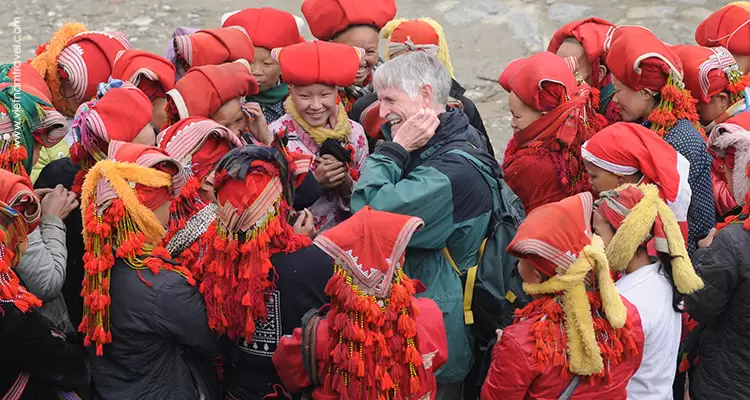
The largest ethnic groups are: Kinh (Viet) 85.7%, Tay 1.9%, Tai Ethnic 1.8%, Mường 1.5%, Khmer Krom 1.5%, Hmong 1.2%, Nung 1.1%, Hoa 1%, with all others comprising the remaining 4.3% (2009 census). The Vietnamese has term for ethnic group (literally “minority people”). One distinctive feature of highland ethnic minority groups in Vietnam is that they are colorfully attired whether at home, in the farm, traveling or in their home town.
Many ethnic groups elsewhere such as southern part of Vietnam, Cambodia, Laos, Myanmar, China, Papua New Guinea, and many other countries do not wear attractive clothes while engaged in their day-to-day activities. The clothing of one group is quite different from that of other groups and adds color to the social landscape. When you travel in Vietnam, you will meet and even talk to many of them. In the trip to Sapa, you may see dozens of them or some province as Lai Chau has 20 ethnic groups ( more than 3 hundreds thousand habitats). Dak Lak province has most in Vietnam with 47 ethnic groups.
2. Social Beliefs & Customs in Vietnam
Family is very strong in Vietnam. Family and clan (dòng họ) are valued over individualism. Clan is the most important social unit in the country and each clan features a patriarch heading the clan and a clan altar. Even today, in some parts of the country, the tradition of clan members living together in longhouses is quite prevalent. It is also not uncommon to see three to four generations of a family living together in the same house. Members of a clan are related by blood and often name their villages based on their clan names. Death commemorations of clan members are usually attended by all members of the clan and villagers.
Weddings in Vietnam earlier was arranged mainly by parents and people were married very young. However, things have changed so much in recent years since Vietnam Open the door to the World and tourism pick up in early of 90. Vietnamese youth enjoy greater freedom of choosing the time of their marriage and their partner. Weddings are still mostly held in the traditional manner with elaborate rituals and ceremonies. The date for Wedding was carefully selected by Feng Shui master or most respected man in the Clan.
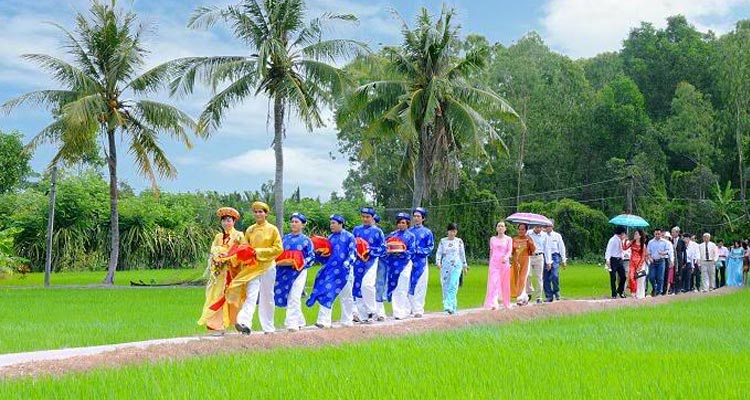
The traditional funeral ceremony in Vietnam is also quite elaborate and long-stretched. The body of the dead person is cleaned with fragrant water and dressed carefully in the special clothes. A lot of mourning following and depends on each tribe and location, they have the slightly different ceremony. Later the body will be burying, the most popular method. Recently, some area, people choose cremation instead of burying. Only 1 case of remains in frozen condition and several cases of Monks body was kept inside the statues…
According to Confucian, men and women can not touch hand unless they are husband and wife so Vietnamese people don’t hug when meeting. They say ” Xin Chao” or handshake between men.
People in the city talk gently and quietly and people come from the countryside or from the sea talk pretty loud. They work on the farm or ocean and they got to talk even louder than the wind or the waves.
3. Vietnamese Cuisine
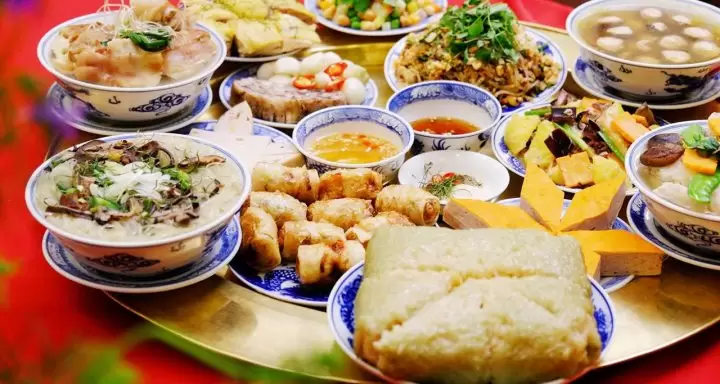
Vietnamese food is fresh and healthy and getting more and more popular all over the World. It exhibits great diversity but can be classified into three primary categories by locations: the north, south, and central regions of the country. Many types of noodles and noodle soups and all type of spring rolls are popular here. Less use of oil and greater use of fresh vegetables is preferred. Soy sauce, fish sauce, mint, and basil are popular ingredients. Rice is the main food and eaten in 3 meals a day. The flavors of Vietnamese food range from spicy and sour to sweet. The Noodle Soup originating in North Vietnam is a noted Vietnamese dish and features rice noodles with beef, chicken, fish, sea food…. soup and scallions or bean sprouts as accompaniments. There is vegetarian noodle soup too.
Read more: Vietnamese Cuisine: The Definitive Guide to Classic Vietnamese Foods
4. Traditional costumes of Vietnam
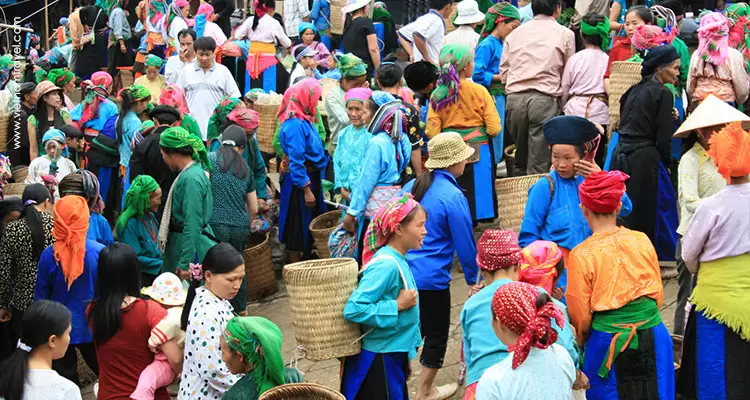
54 tribes in Vietnam has their own traditional costumes. The traditional dress of the Vietnamese people changed significantly from time to time and depended largely on the whims and fancies of the region’s rulers. The common people of the country had greater freedom to choose their clothing prior to the Nguyen dynasty. During Nguyen Dynasty, several restrictions were placed on the type and colors of clothes that could be worn by the common people of Vietnam.
Some of the examples of traditional Vietnamese costumes are the Áo Giao Lĩnh, the Áo Tứ Thân, Áo Cánh, and the Áo Bà Ba. The first one refers to a cross-collared robe worn by the Vietnamese men while the second is a four-part dress worn by the women.
The last two dresses were worn by the peasants in the north and south, respectively and appeared like silk-pajama-type costumes. The color code of the dresses also varied from time to time and during Nguyen dynasty, only the monarchs enjoyed the exclusive rights of wearing golden clothes while purple and red were popular among the nobles and aristocrats. The headgear worn in Vietnam changed over the years with the conical hat or Non La being the most popular among the community.
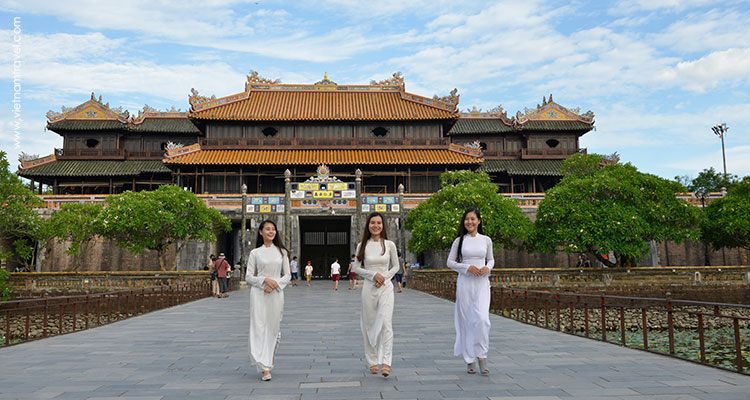
Beautiful Vietnamese girls in Ao Dai ( long dress) at Hue Citadel
5. Religion and philosophy of Vietnam
Most of Vietnamese people worshiping their ancestors and believe in animism. In the ID most of Vietnamese (about 90%), the line: Religion: None.
In reality ,religion in Vietnam has historically been largely defined by a mix of Buddhism, Confucianism, and Taoism, known in Vietnamese as the Tam Giao (“triple religion”).Catholicism is also practiced in modern Vietnam.
Ancestor worship is common in Vietnamese culture. Most Vietnamese, regardless of religious denomination, practice ancestor worship and have an ancestor altar at their home or business, a testament to the emphasis Vietnamese culture places on filial piety
6. Vietnamese Music & Dance
Vietnam is associated with a rich tradition of dance and music. Vietnamese music also exhibits variance in each part of Vietnam. It is older and more formal in the north while Champa culture exerts considerable influence on Central classical music and music in the southern part of the country is a livelier affair. The country has nearly 50 national music instruments. The Imperial Court music and the Ca Tru are important traditional forms of Vietnamese music.
The great ethnic diversity of Vietnam has gifted the country with diverse dance forms. These dances are usually performed at the cultural programs and festivals held in the country. The Lion dance, platter dance, fan dance, imperial lantern dance is some of the traditional dance forms of Vietnam. The dances that developed in the imperial courts of Vietnam are quite complex in nature and require great skills to be mastered.
7. Vietnamese Arts & Literature
Literature in Vietnam has greatly evolved over the years from romanticism to realism. Two aspects of the literature in the country are the folk literature and the written literature both of which developed almost at the same time. Folk literature features fairytales, folk legends, humorous stories, and epic poems. Written literature was previously written in the Cham and Nom characters and focused on poetry and prose. Now, it is mostly written in the National Language and includes short stories, dramas, novels, etc.
Vietnamese art is mainly influenced by Buddhism, Taoism, and Confucianism. However, more recently, the Cham and French influence have also been reflected in the art presentations. Silk painting is popular in Vietnam and involves the liberal use of colors. Calligraphy is also a much-respected art form and often, during festivals like the Lunar New Year. On the third day of new year people would visit a village teacher or an erudite scholar to obtain calligraphy hangings for their homes. Vietnamese wood-block prints are also quite popular. Water puppetry and several forms of theaters represent other performing art forms in Vietnam.
8. Martial Arts in Vietnam
Vovinam ( Viet Vo Dao) is Vietnam traditional martial art. Vietnam has a very well-developed tradition of martial arts that has some similarity to Chinese martial arts. Vietnamese Vovinam martial arts philosophy guides the martial arts practice in the country. It is associated with intense spirituality because of its close association with Buddhism, Taoism, and Confucianism. The scissor kick is a famous movement of this form of martial arts.
Although Vietnamese martial arts is less popular in other parts of the world than its Chinese or Japanese counterparts, there is no doubt that it is gradually and steadily gaining greater popularity worldwide with the establishment of schools teaching this martial art form in many parts of the world.
9. Festivals of Vietnam
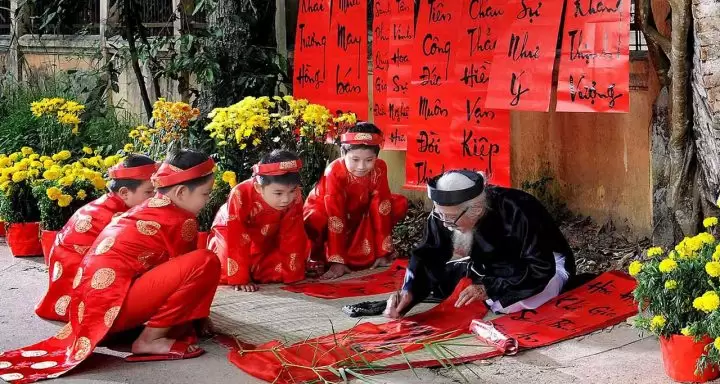
Vietnam has many festivals. In Vietnamese Festival is Le Hoi. It includes 2 parts Le: Ceremony + Hoi: Game & fun.
Festivals including both traditional ones and those adopted from other cultures are celebrated in the country with great pomp and glory. Here is the top 10 festivals in Vietnam:
- 1 -TET Nguyen Dan – TET holidays all over the country
- 2- Hung King Holidays in March 10th ( lunar calendar)- Phu Tho province
- 3- Saint Giong Festival – In March outside Hanoi in Soc Son district
- 4- Ka Te Festival – In Champa community in Ninh Thuan Province
- 5- Perfume pagoda festival – Outside Hanoi
- 6- Dong Da Festival in Hanoi
- 7- Cau Ngu Festival in Hue in December
- 8- Hội đua voi – Elephant racing in Don village – Dak Lak province
- 9- Ba Chua Xu Festival – In Chau Doc city, An Giang province in April
- 10- Cam Muong Festival in Lai Chau province.
10. Holidays and other important days
Vietnam celebrates several holidays, totally 14 days of holidays in a year including traditional holidays which have been celebrated in Vietnam for thousands of years, along with modern holidays imported predominantly from western countries.
Among Vietnamese traditional holidays, the two most important and widely celebrated are the Lunar new year -TET, followed by the Mid-autumn lantern festival (TET Trung Thu), although the latter has been losing ground in recent years.
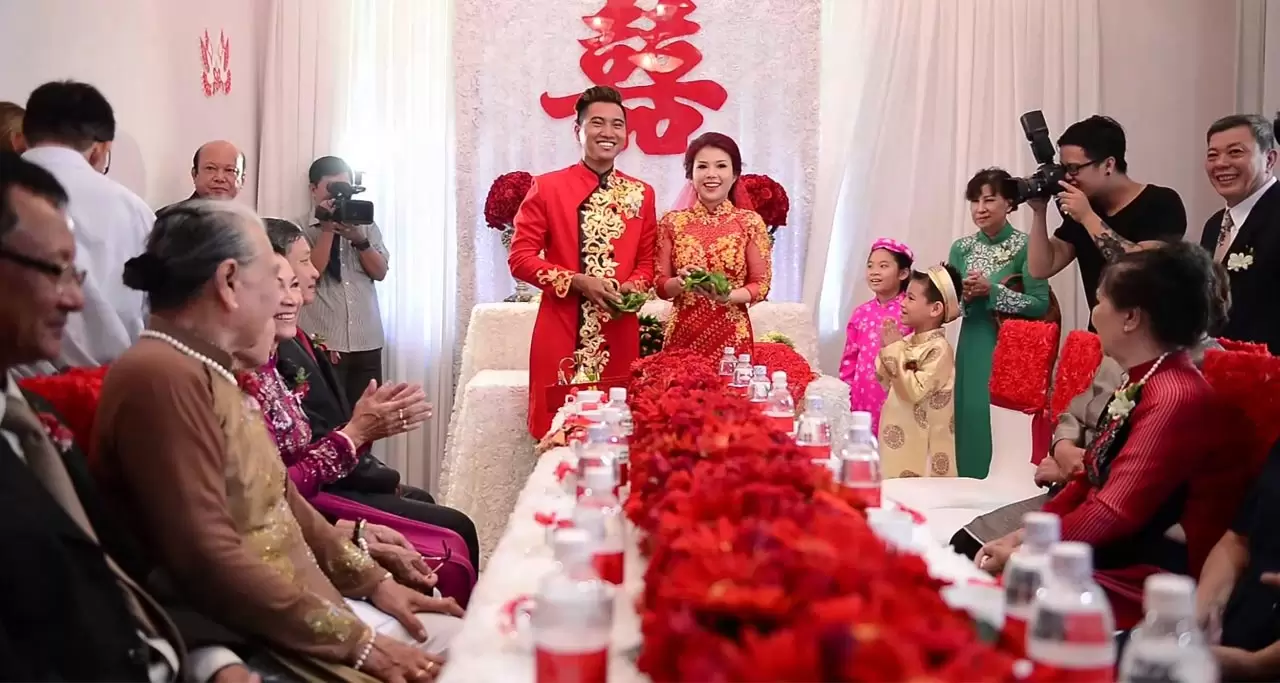

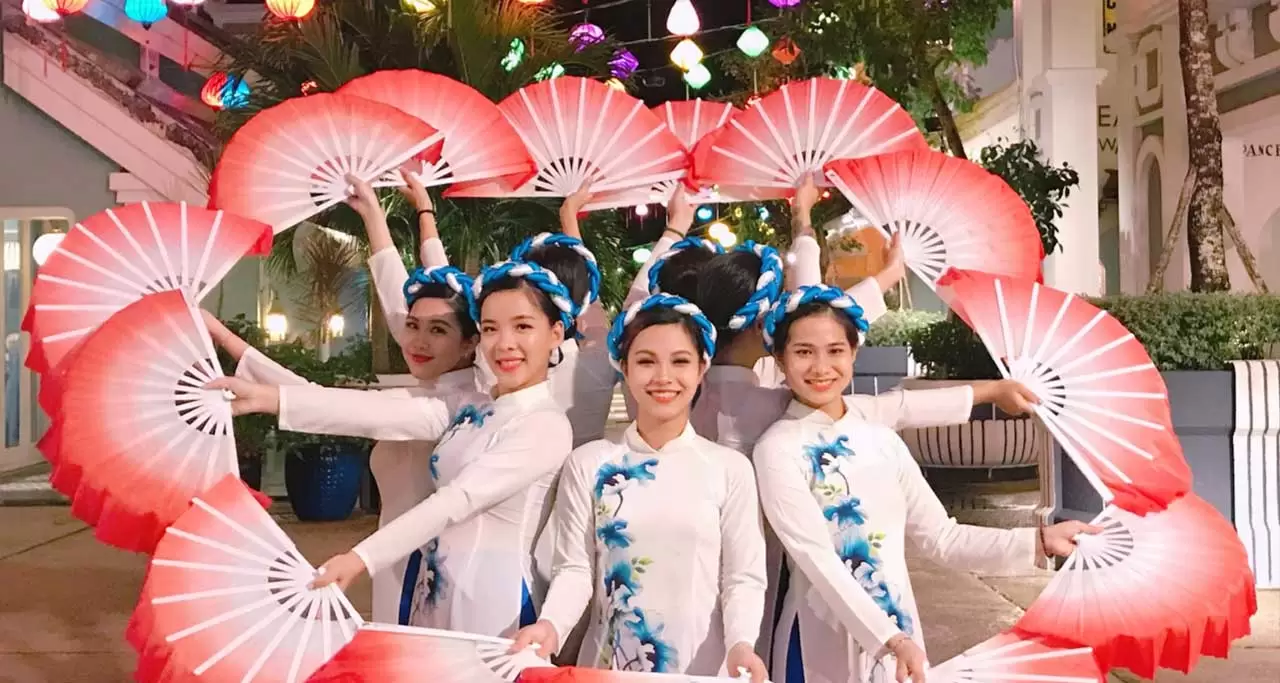
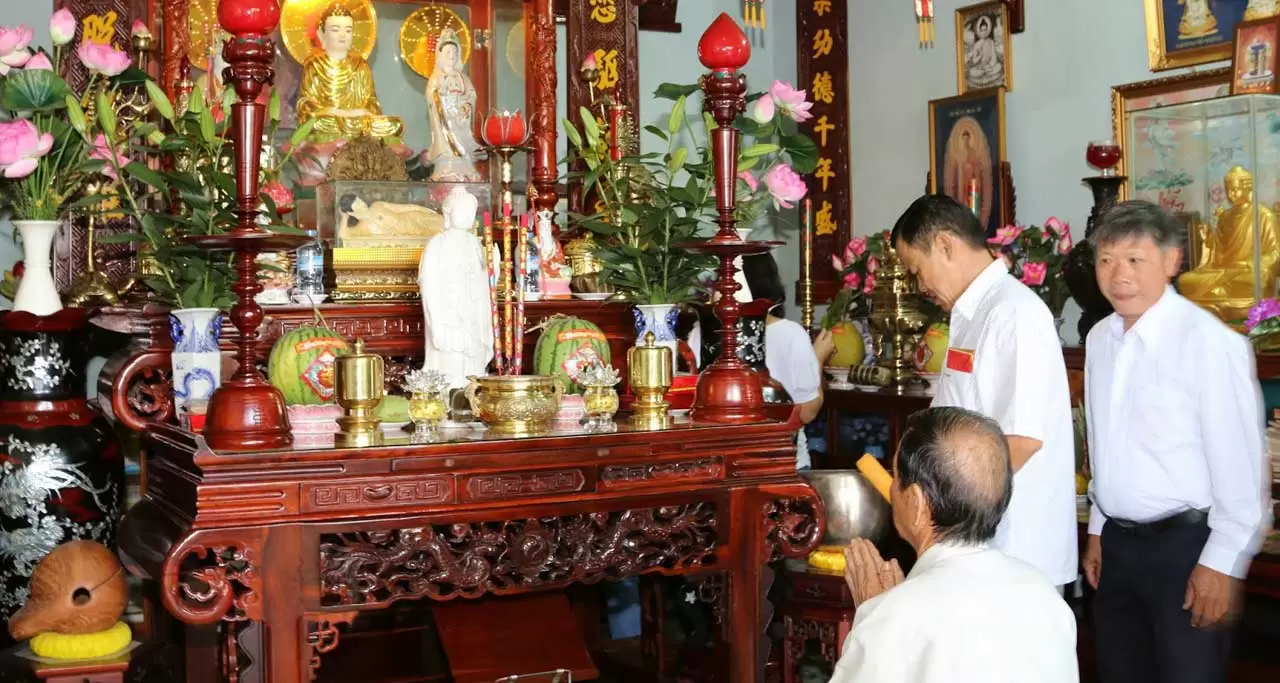
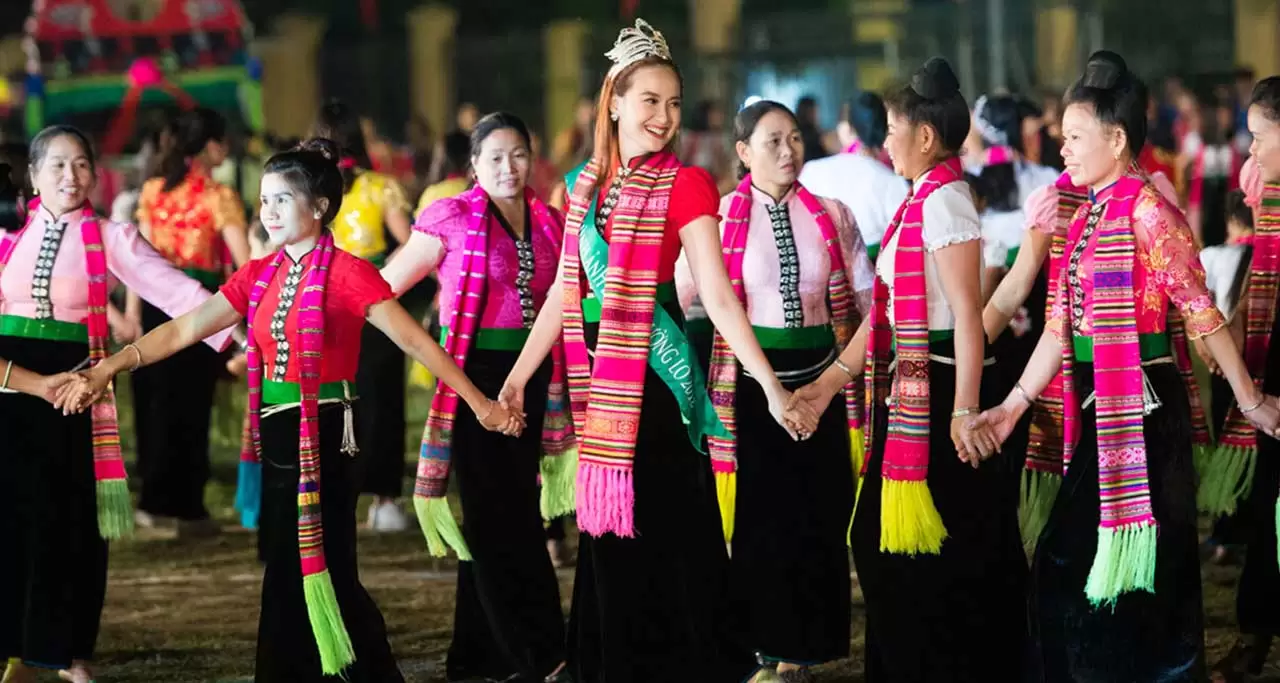
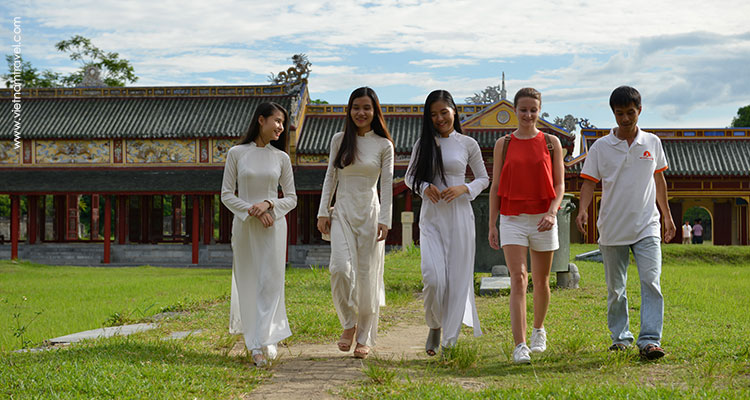
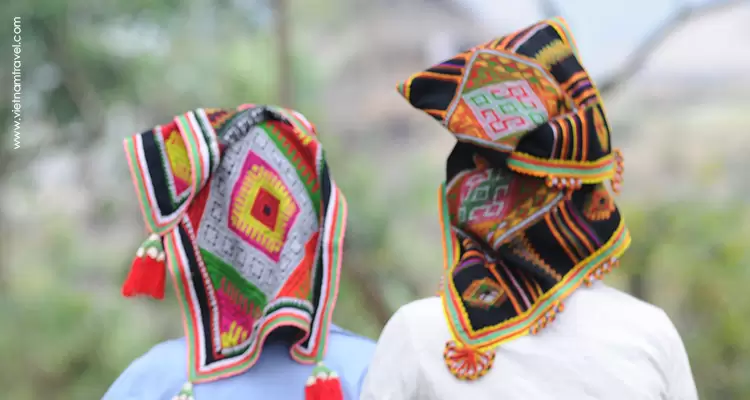
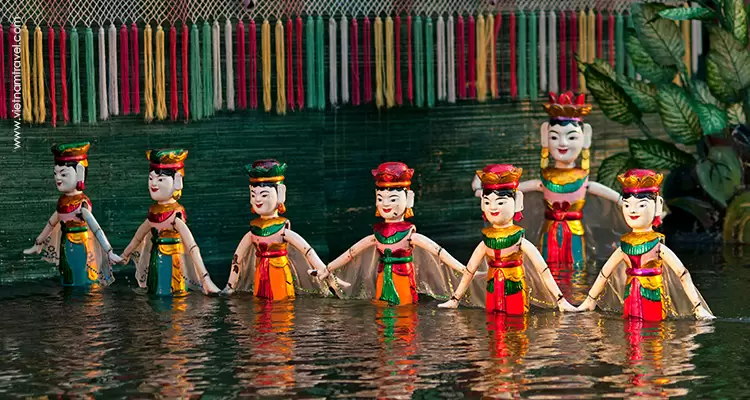
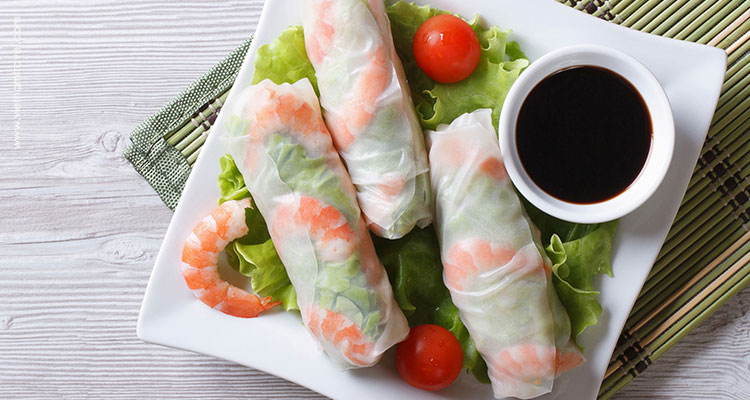
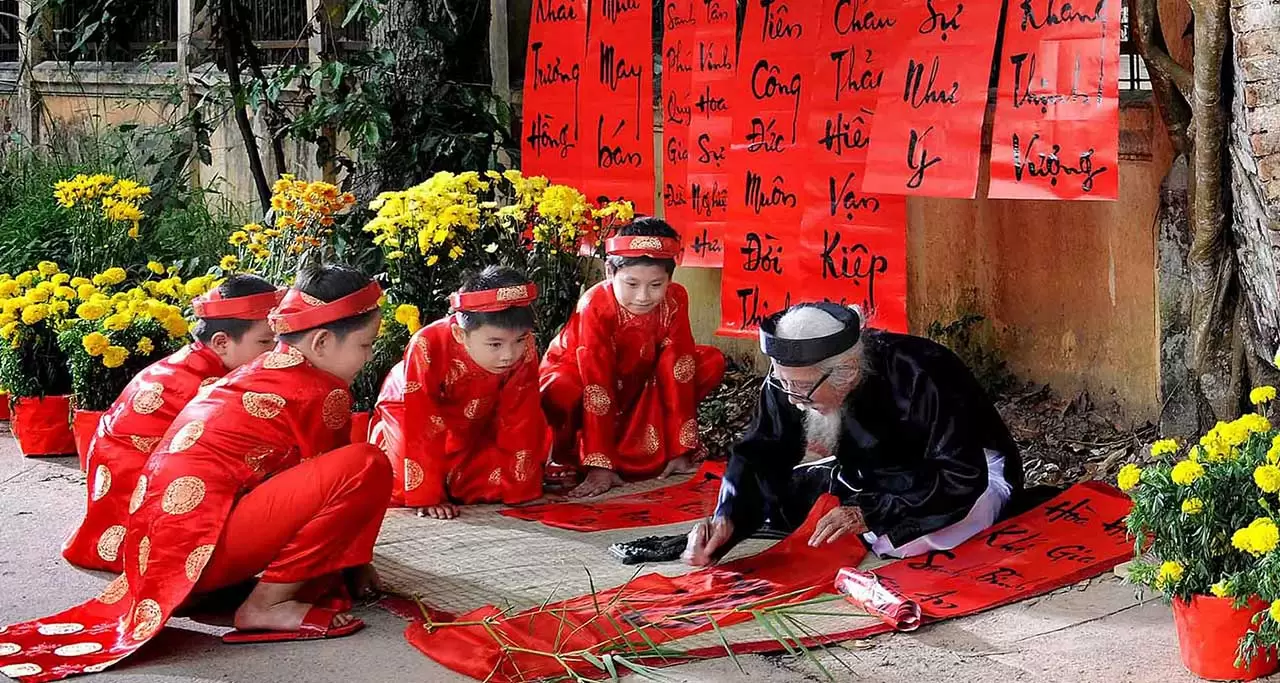
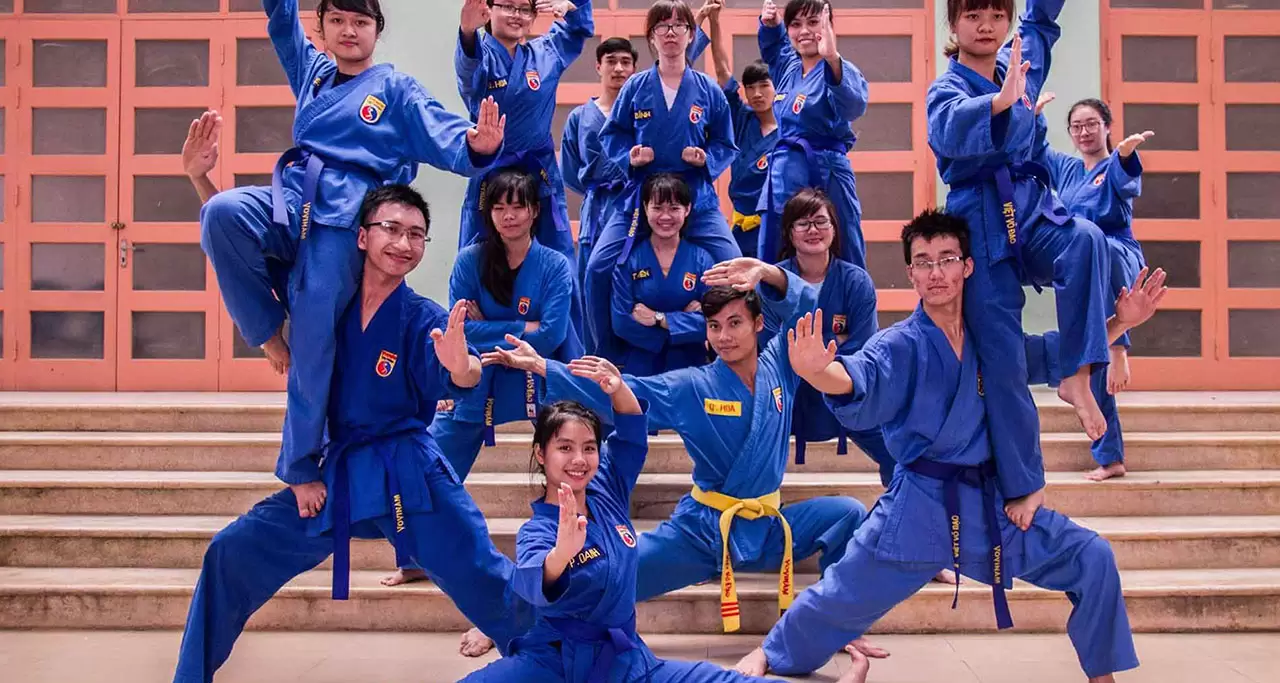











 Italiano
Italiano
 English
English

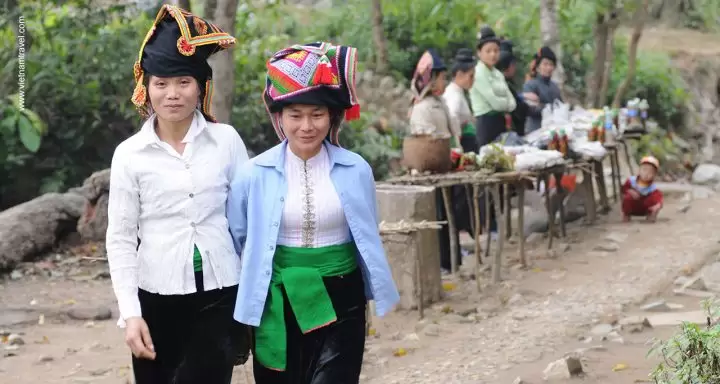
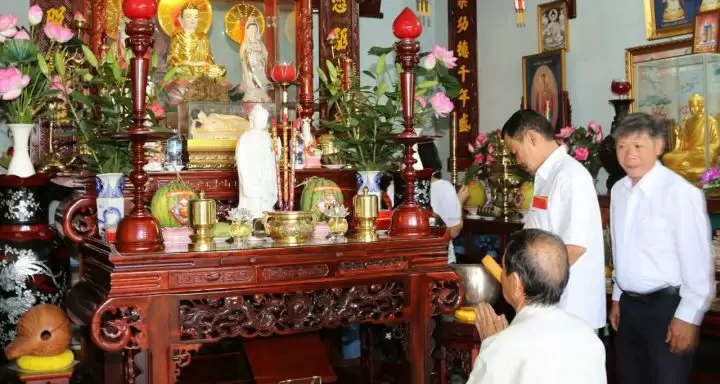
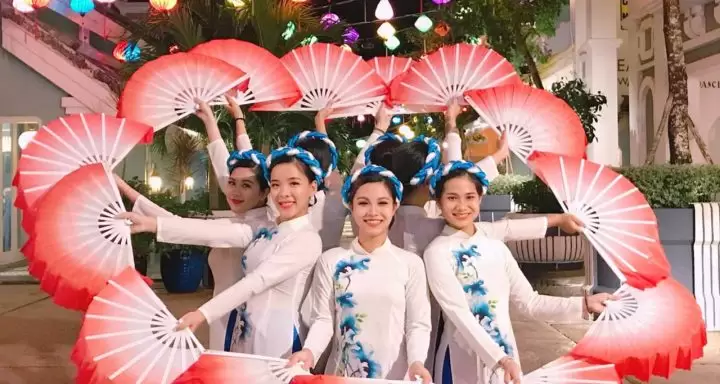
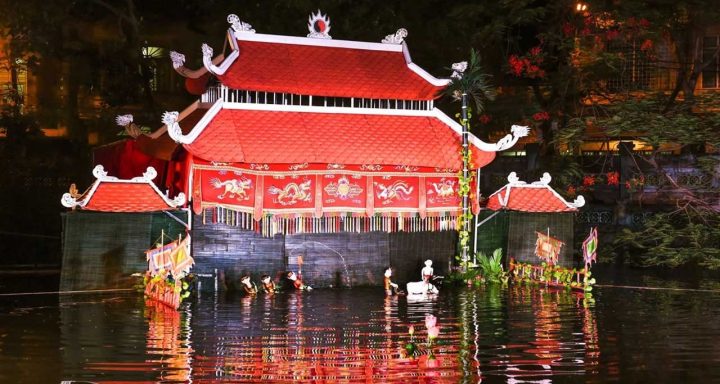
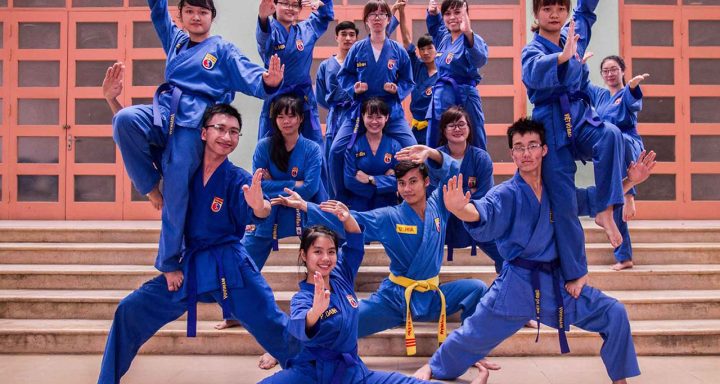
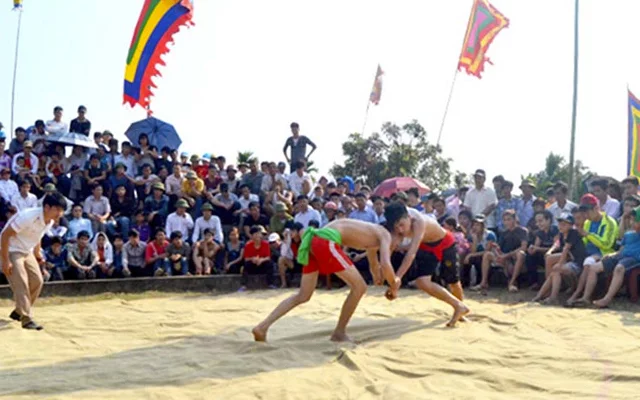
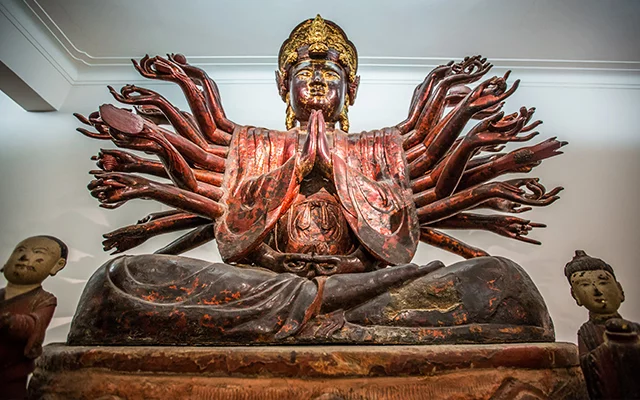
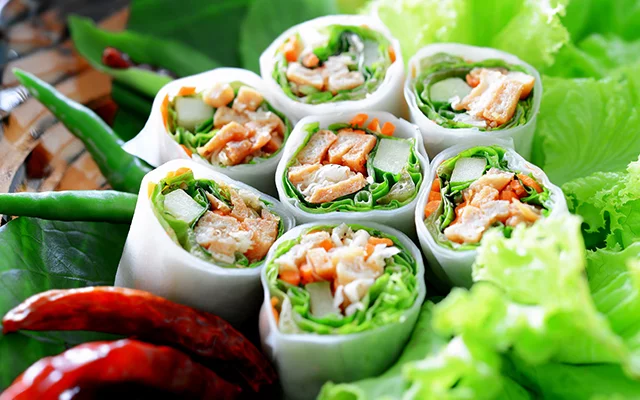
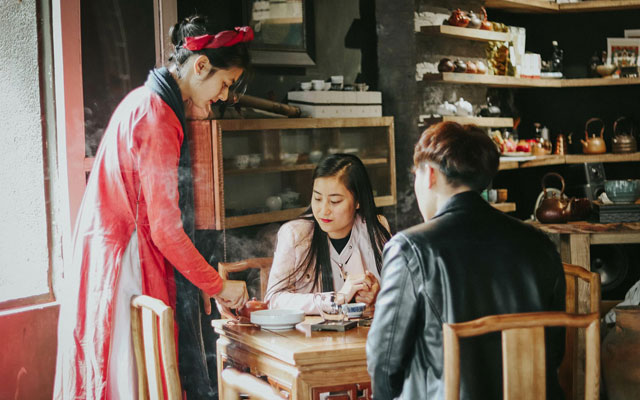
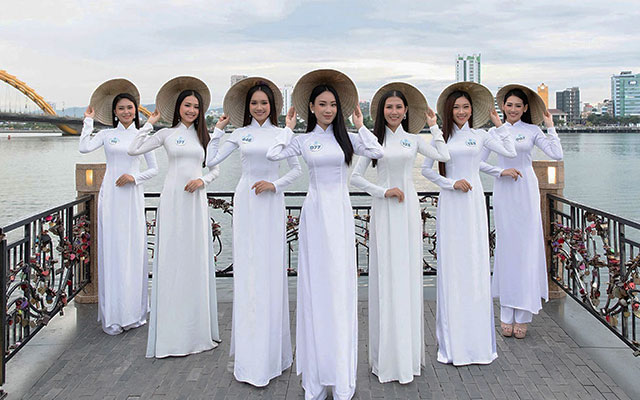
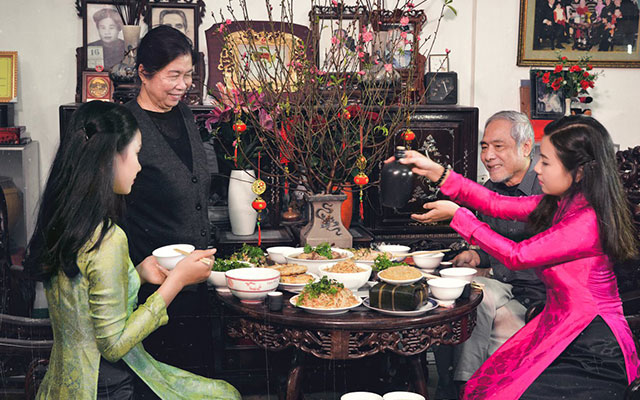





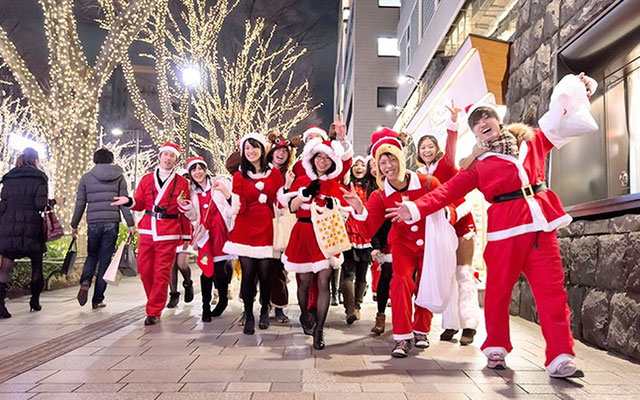
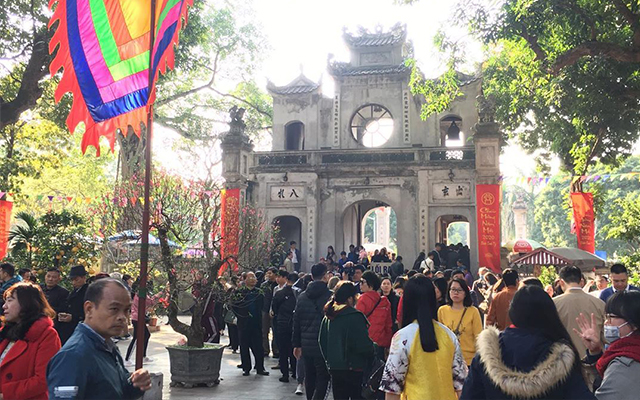
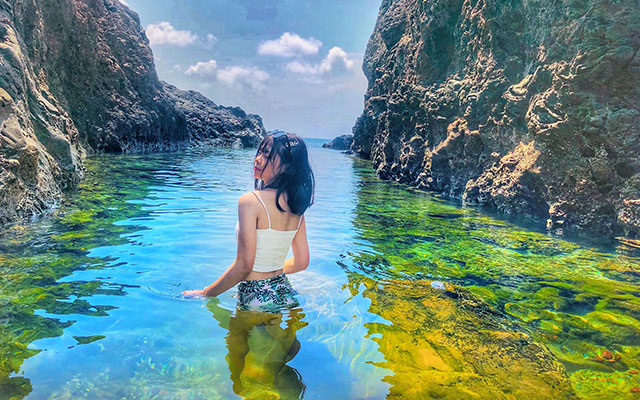
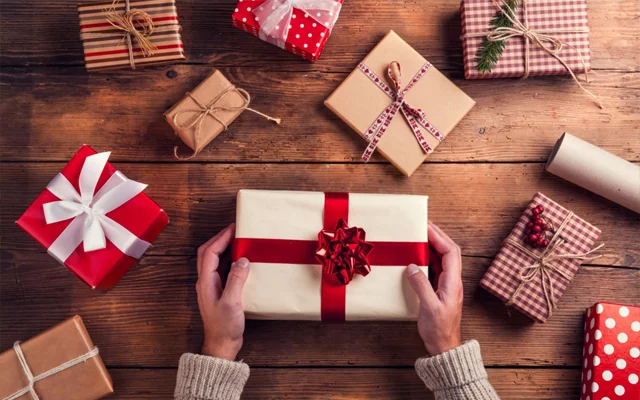
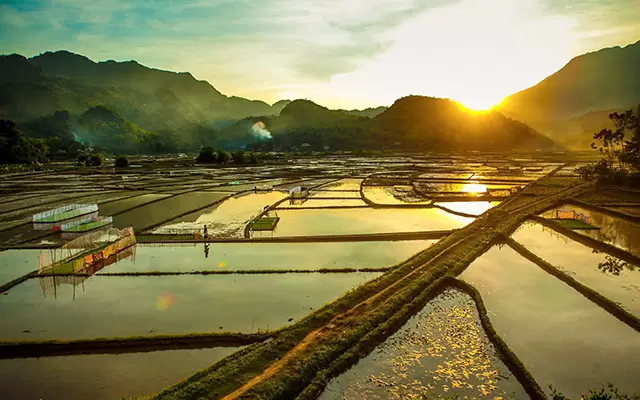
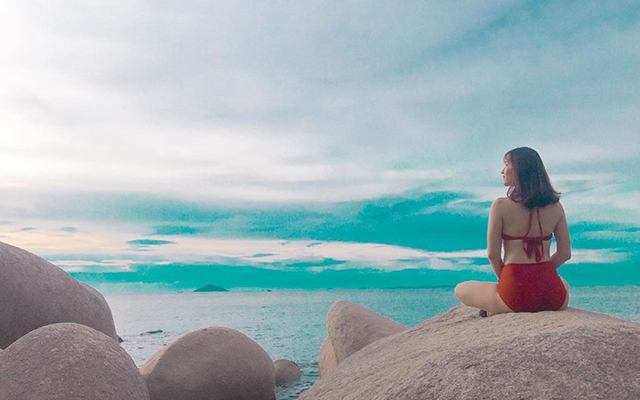

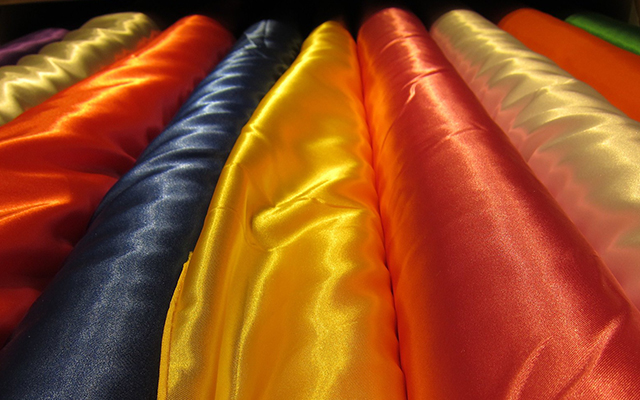
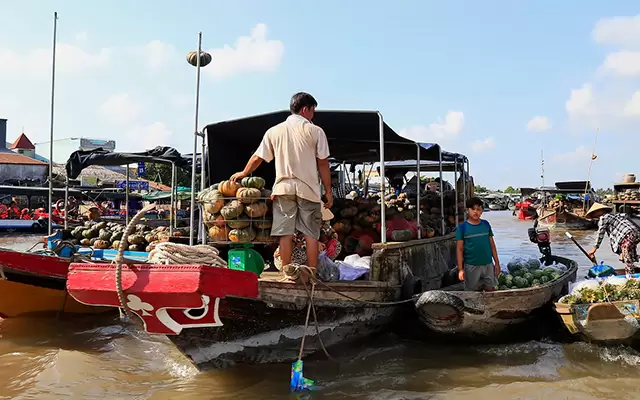
It is amazing
Me to!
I agree
Wonderful research. However, in topic 3, Vietnamese Cuisine, in line 3 sentence 3 word 10 (TYPE in “…noodle soups and all TYPE of spring rolls are…”), I think is supposed to be types, as in “…noodle soups and all types of spring rolls are…”.
Great!
Detailed article but there are still some grammar and spelling mistakes. Great job on the research though
Really awesome